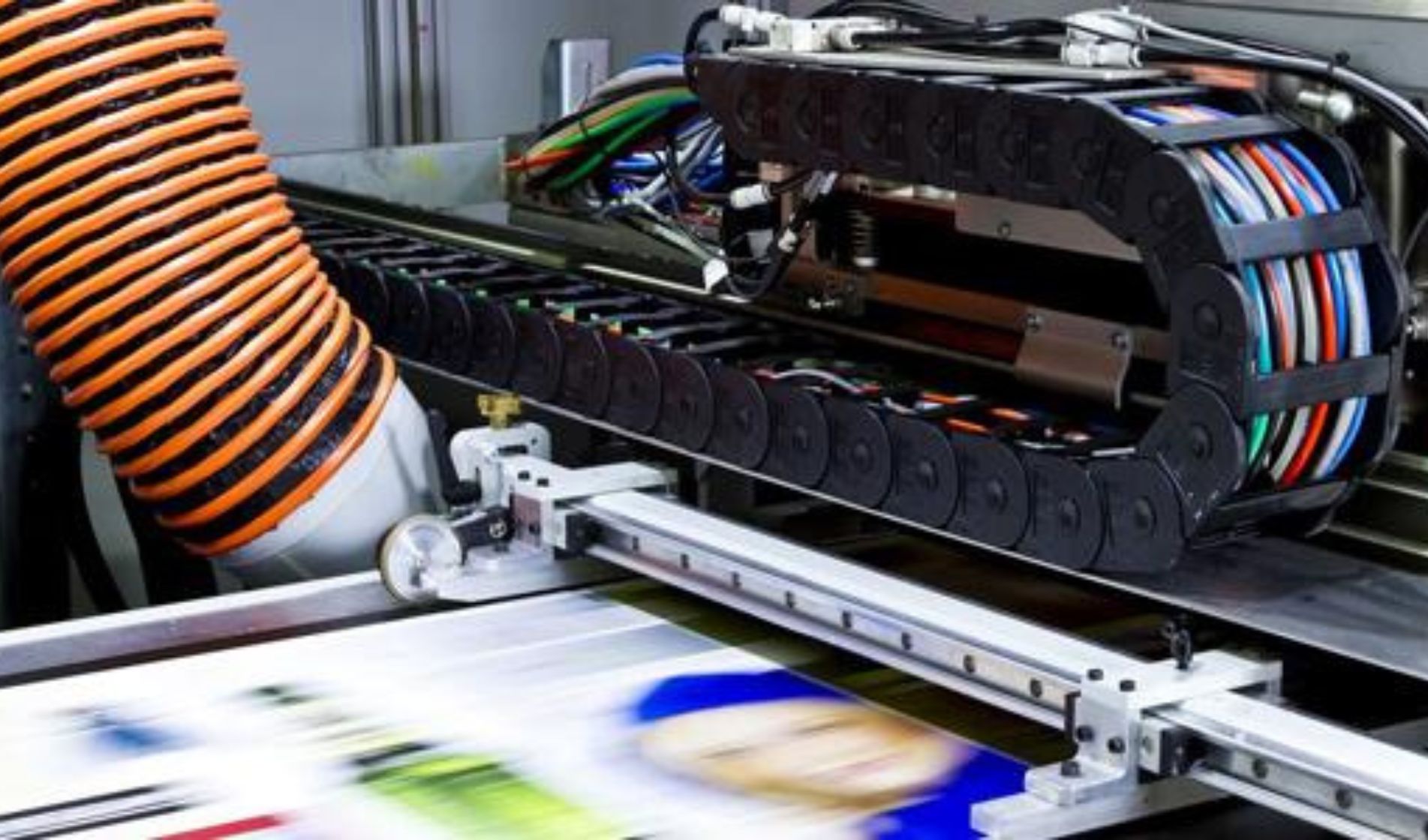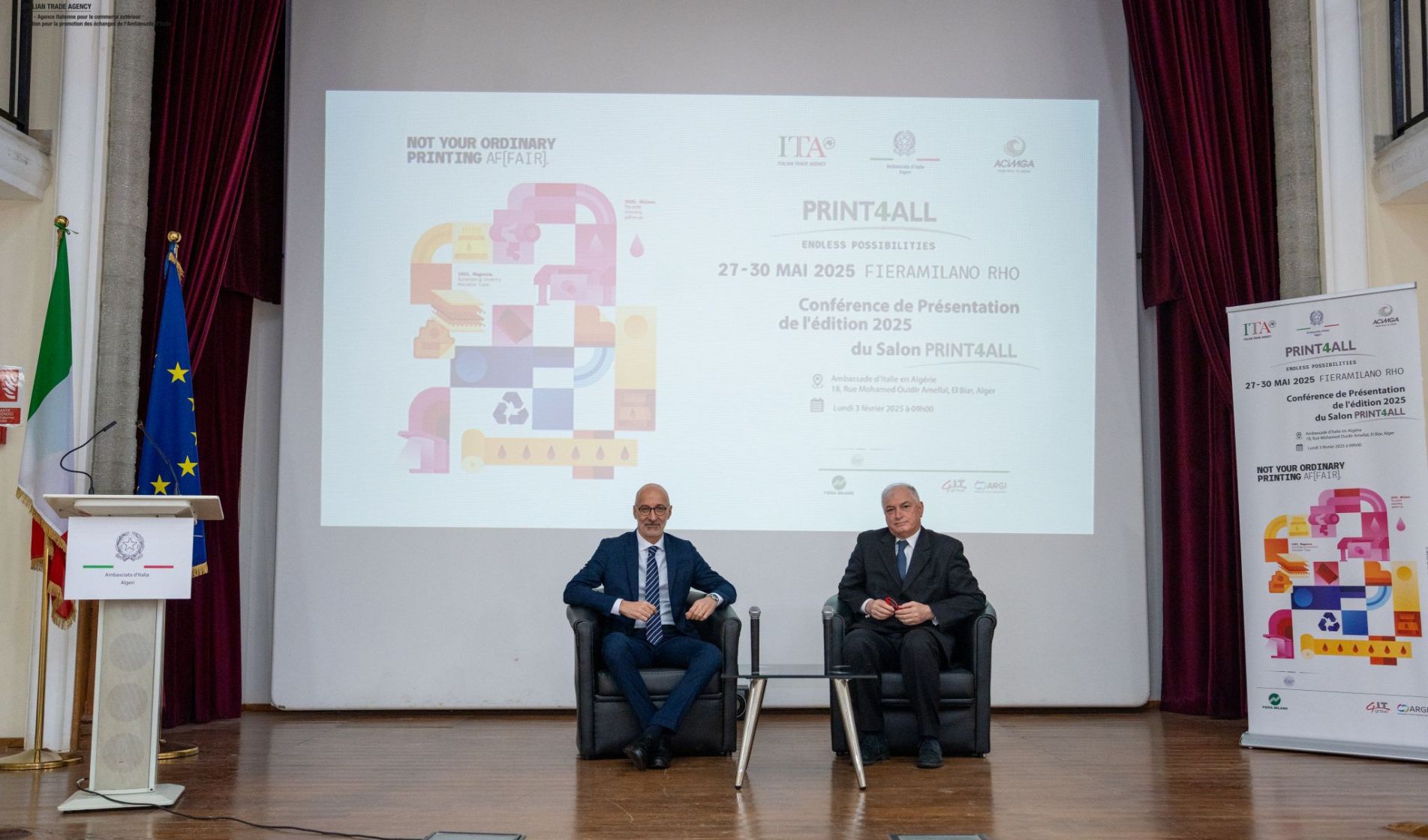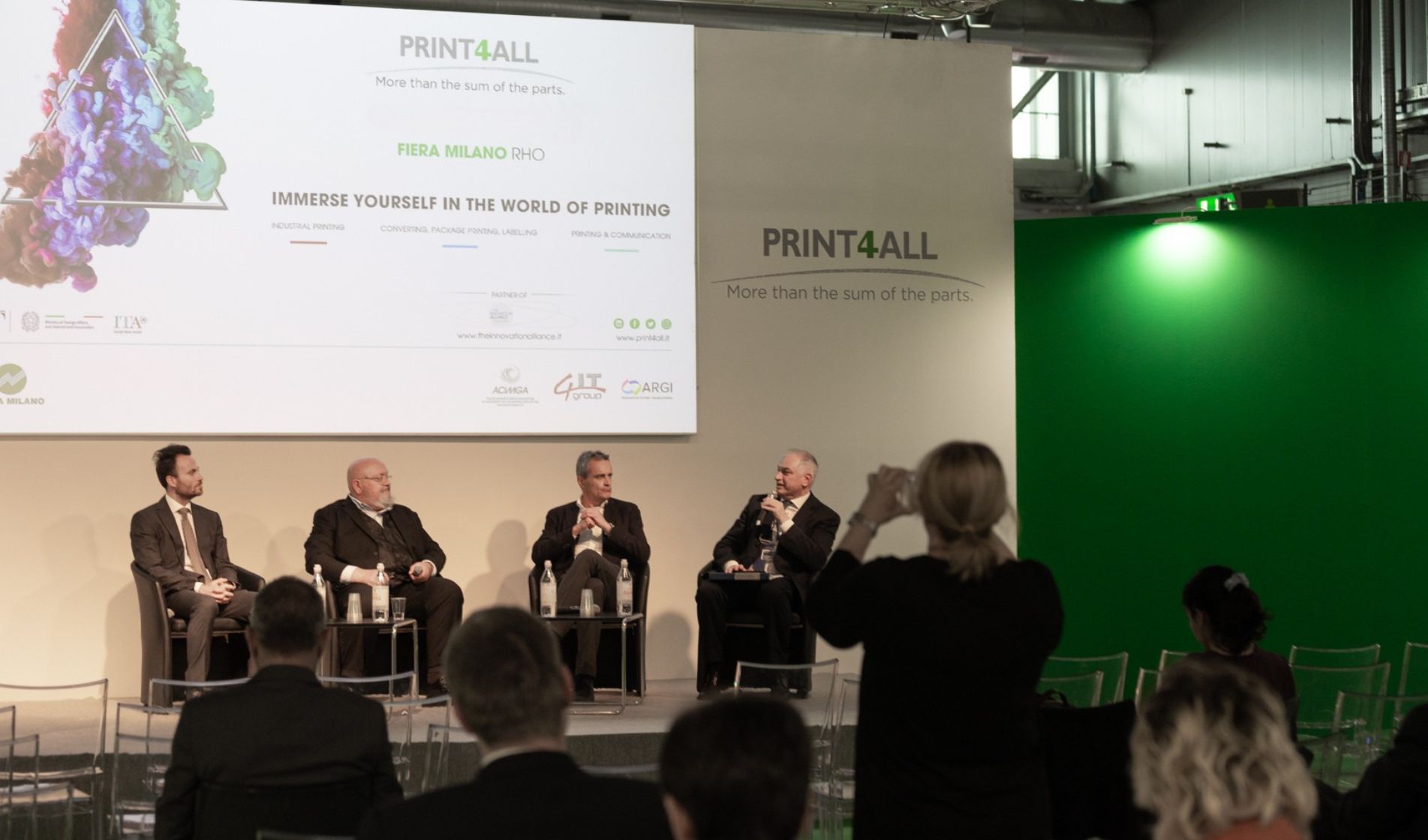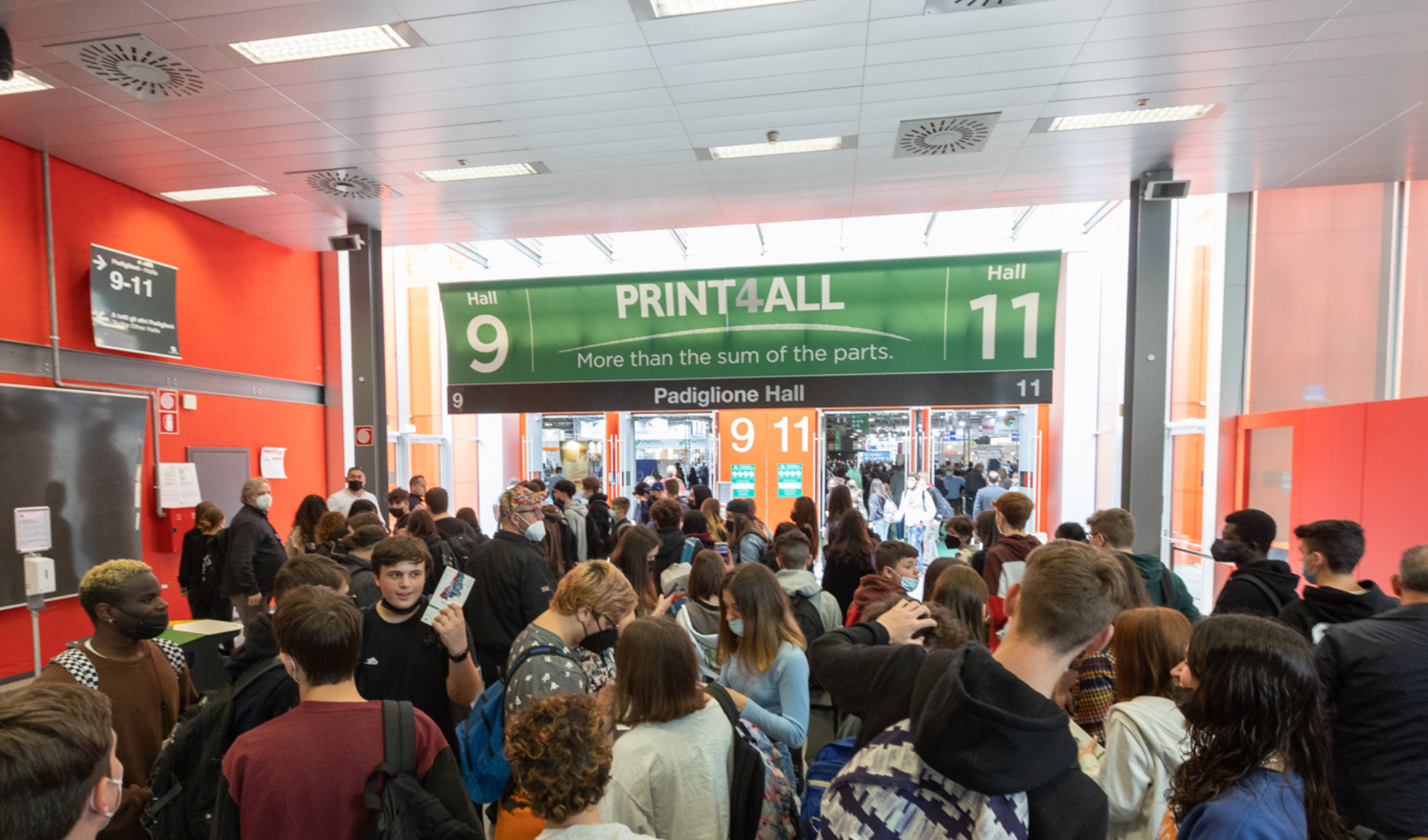Despite the difficulties that have arisen over the past year and a half, Out-Of-Home continues playing a key role. After many months of being in lockdown, people have begun paying greater attention to the messages conveyed by outdoor communication. A trend that can be explained by the growing desensitisation to online advertising that, although necessary and effective, leads to dwelling more on billboards and posters while spending time outside of the home.
To adapt to new market needs, outdoor communication will inevitably need to embrace digital advertising (and mobile in particular) in order to reach a much wider audience. Nonetheless, online advertising will continue to benefit from traditional advertising tools. Building a solid offline presence can actually increase the reach and visibility of a campaign and make it more “tangible”.
Emerging as one of the most effective omnichannel communication strategies is the systematic use of QR codes. These can be combined with static posters, improving user engagement, while also allowing you to monitor the effectiveness of a campaign in real time. Integrating posters and QR codes also allows customers to be “ferried” to a brand or product’s landing page, website or native app, collecting data on their preferences and buying habits. Recently, a survey by consultancy firm Advertiser Perceptions showed that 76% of agencies have started investing in digital-out-of-home (DOOH), while 22% of brands plan to start using it for the first time. The Covid-19 pandemic has further boosted growth for this market segment by focusing on omnichannel communication, merging physical and digital. Another fast-growing trend involves integrating artificial intelligence (AI) and ads to automate purchases. Up until recently, this approach seemed confined to the sphere of digital advertising, but it’s now expanding to more types of media, including OOH and display ads. Campaigns like the one by Trainline, which uses augmented reality (AR) to show live train schedules every time you pick up your phone, or the Tweet to Eat campaign, which has transformed bus shelters into tweet-activated vending machines, give us a taste of the infinite potential that OOH will acquire as the user experience evolves.
The pandemic has encouraged reflection on the urgent need to reduce our environmental impact and promote the fight against climate change. Using innovative, recyclable or reusable mediums is essential for gaining the trust of a public that is increasingly conscious of sustainability. However, green solutions need to be made more competitive compared to conventional solutions, whether in terms of inks, mediums or printing technologies, so they can become a tangible alternative for advertisers and end customers.
What is certain is that the freedom to ensure users’ attention through unique and unforgettable messages will remain. In that sense, conventional advertisements are already starting to take on an increasingly “Instagrammable” look. The goal is to incentivise users to photograph them and post them, amplifying brand visibility. In addition to the aesthetic component, OOH communication will aim to narrate current events, using irony and, rather than falling into the trap of poor taste, aiming to forge a bond of trust with the recipient of the message. The main challenge for outdoor professionals and brands will be adopting cutting edge tools as well as unconventional, attention grabbing, empathetic and authentic messages.






.jpg)
